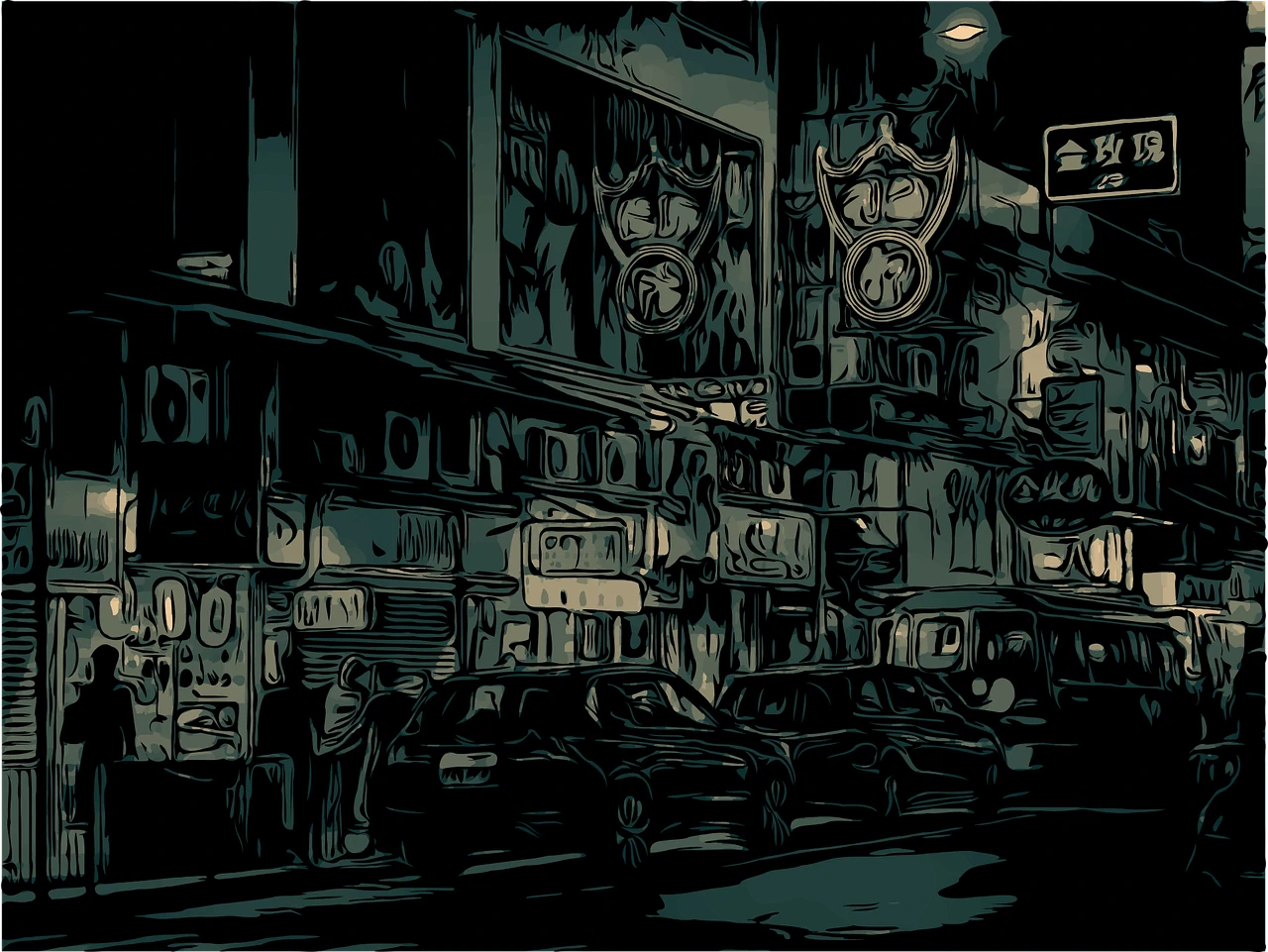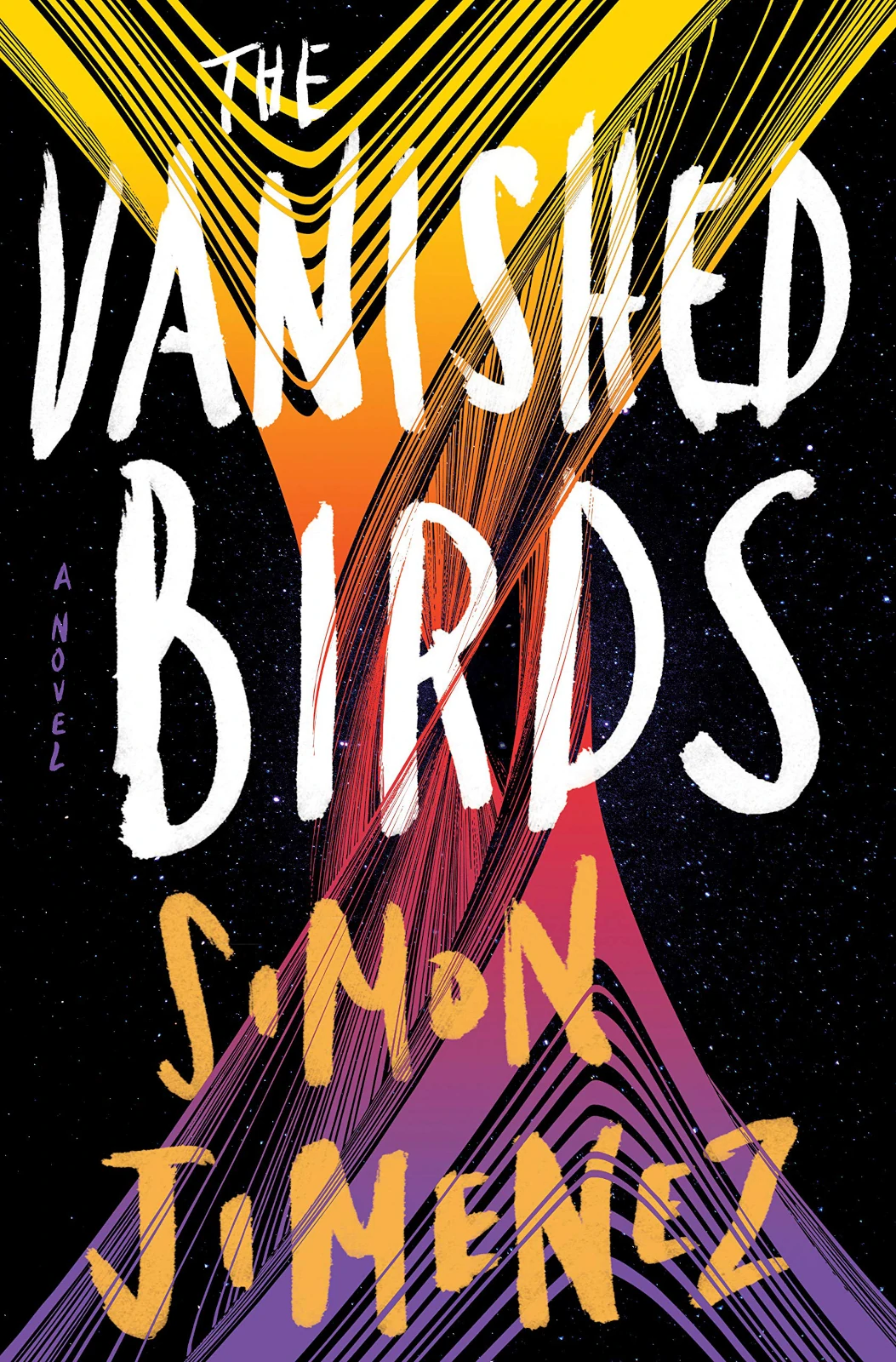Shaun Tan’s critically acclaimed and award-winning graphic novel The Arrival is a visually stunning and emotionally visceral tale of finding a new home in a foreign place. Wordless, The Arrival relies solely on the strength of its images to show how our anxieties, dreams, and capacity for resilience tie us all together, regardless of language or location. In this Q&A, we discuss the extensive process Shaun Tan went through to create such a masterful, heart-filled story.
Kathy Nguyen (KN)
The Arrival tackles incredibly complex themes of migration, displacement, the comfort of familiarity (and the wonder and fear experienced without it), the desire to belong, and the will to survive. Nonetheless, it is marketed as a children’s book. Do you feel as if this label constrains your work, or do you readily identify with it? Do you think we perhaps underestimate the power of children’s literature and its related forms, such as picture books, to explore difficult subject matters?
Shaun Tan (ST)
Short answer: Yes. I do believe that certain art forms have found themselves stuck with certain preconceptions for no good artistic reason. It may be for historical, cultural, social, institutional, or economic reasons—but not artistic ones. To me, there’s no reason why one form can’t move across different audiences, subjects, and degrees of complexity, and I always enjoy when artists and writers do this and so try to do the same myself.
Long answer: I actually came to picture books about twenty years ago as a freelance illustrator mainly interested in adult sci-fi and fantasy magazine illustration, a hobby of mine since my mid-teens. I’d also just come from an arts degree studying postmodern literature and contemporary fine art and, well, not knowing much about children’s genre fiction at all. But I was interested in narrative illustration in short forms, and I could see that picture books were the closest thing to the kind of storytelling that excited my imagination. I was also fortunate to work with a couple of writers who had similar mixed backgrounds—writing for both adults and children—and were interested in picture books that were not just for very young readers. As a painter, I also noticed that thirty-two pages—the standard picture book format—was also about as many images as you’d find in a typical gallery exhibition. In presentation, scale, and relationship to the reader, it’s just a terrific form. It also has far more accessibility than the gallery circuit, and less elitism. Books are a cheap way of owning art.
Pretty much all of my books have been created as works for general readers, not just for children. When I started out, I used to be quite dismayed that they were marketed mainly to children, and that publishing, bookselling, and academic worlds were quite closed that way. Things like the insistence on big typefaces in a book about colonial violence, or a story about workplace bullying being listed in the genre of early childhood, just because the central character is a beetle: these are not unfamiliar problems for an artist in this medium. But things have changed a lot over the years. For one, the preconceptions of genres and audiences seem to have dissolved—animation, comics, exhibitions, games; a lot has contributed to this blurring—which is a good thing, so that picture books are no longer considered to be only for children. Another thing I’ve noticed is that the children who read my work ten or twenty years ago are now adults! So they appreciate the work on new levels and still enjoy it. Who would have guessed that all child readers become adult readers? And not so changed in their tastes, either.
Some of my own prejudices about children’s literature have also dissolved. Having spent more time talking to children and seeing how they respond to work, especially visual work, and just getting to know the intellectual vastness of this field, I realize that children are as sophisticated readers as any other. Arguably with a more flexible intelligence, unburdened by the kinds of visual and cultural assumptions we adults tend to suffer from. So, ironically, I’ve learned to appreciate the children’s literature categorization. So long as it’s not constraining. I do believe a great story or idea is one that a child can understand, and children’s books can be a real test of communication skills.
KN
On your website you mention that you have never been a huge reader of comics, but when you realized that The Arrival was becoming a graphic novel, you focused your research on studying different types of comics, such as manga. What were some of the comics you studied and why? How did you incorporate their lessons on style and story structure into your work
ST
There are a few that I remember studying closely: Jimmy Corrigan: The Smartest Kid on Earth by Chris Ware intrigued me with his use of time, repetition, and shifting perspective. When the Wind Blows and The Snowman by Raymond Briggs, Lone Wolf and Cub by Kazuo Koike and Goseki Kojima, and a lot of other well-known works which were quite new to me as someone with little comics experience, like Watchmen. There were many others, including the work of Daniel Clowes, who may have been one of the first comics creators I studied. I was fascinated by his range and humor. I also read Scott McCloud’s Understanding Comics closely, trying to figure out how some of the principles he describes might apply to the book I was working on.
The main thing I learned from studying all of these books was the importance of intimate detail—particularly ordinary domestic details like making a cup of tea or putting a hand on a doorknob—and changes in perception of time, moving from slow seconds to years flashing by, all by the careful arrangement of sequences. I also learned that you don’t need to show everything; you try to boil it down to key moments. That is, you can show a person boarding a train just by having a shoe resting on a metal step; you don’t need to draw the whole train. These seem obvious, but comics really sharpened my focus on visual economy, because otherwise they can be a very laborious way of telling a story. Similarly, I appreciated more consciously that the gaps between pictures are as important as the pictures themselves; that’s where the reader is really narrating things in their own imagination. A lot of these things I knew intuitively from making picture books—which are basically comics with each page as a panel—but it was great to see these things more precisely described and played with in comics. Raymond Briggs was probably the biggest influence, especially The Snowman, which is also wordless. I’d been struggling with different versions of The Arrival for about a year, feeling uncertain and dispirited about it, but when I saw that book, it gave me quite a boost, proving, “Yes, this style of storytelling can really work!”
KN
You mentioned filmmaking as being influential when it came to creating The Arrival. Was the incorporation of filmmaking techniques a simple, intuitive process, or did it come with its own challenges in trying to adapt these techniques for the comic form? Has your reliance on these techniques for this project affected the way you tackle other projects?
ST
It’s interesting that while I was thinking about The Arrival, I also began collaborating with a British animation studio on a proposed adaptation of The Lost Thing (which eventually became a successful short film). After deciding to have a go at storyboarding some sequences, I soon realized I was a bit undereducated for the task and began reading Film Directing Shot by Shot by Steve Katz, a practical handbook recommended to me. I soon realized the clear similarities between picture books, comics, and film storyboarding. In fact, as Scott McCloud points out, they are all the same thing. The experience of working on The Lost Thing—including a plethora of mistakes and misfires—has really deepened my understanding of illustration, as well as learning simple, practical things like “don’t cross the line” when characters are relating to each other.
To answer your question, the incorporation of film-making techniques into The Arrival felt intuitive after a while and not too difficult. I’d experienced so many narrative problems and frustrations with previous drafts of The Arrival, which look terribly clumsy in hindsight, that when I picked up on film techniques it was a big relief: finally I’d solved a lot of problems and found a practical way to move forward. I also spent a lot of time watching silent cinema, the way scenes are cut together, moving in and out of intimate detail and big picture shots, as there are strong parallels again with comics and sequential drawing, so I found it quite easy to apply rules from one medium to another.
KN
The Arrival is filled with wildly imaginative images. You mention on your website that these images can be taken as metaphors but that you avoided rendering them as symbols. How do you go about creating metaphor-rich illustrations? Did the fantastical images included in The Arrival entail a lot of brainstorming and revision, or were they conceived easily?
ST
It’s the usual story, some things coming easily (like daydreams) and others being quite arduous to the point of being overwrought. For me, it’s usually a lot of trial and error, and keeping things loose and open to change. I sketch a bunch of ideas, which often look a bit too literal or symbolic or just plain corny. But some of them—maybe about five to ten percent—feel strong without seeming to have specific meaning or obviousness, and those are the seeds to grow, by which I mean drawing over and over again in different ways. And sometimes it’s just a matter of working through bad symbolism until you get to something more openly metaphorical. One example is the “vacuuming” giants whom we glimpse destroying a town. In early sketches, these looked like clansmen with flaming torches, walking through a town on stilts. This was just the image that first came to mind, but it’s far too literal and even trivializing, with too many culturally specific connotations. So I kept sketching different variants and coming up with something visually less identifiable, which didn’t look so much like known images of genocide or persecution but which felt the same way, including the feeling of utter strangeness that pervades moments in history as they are actually happening without known precedents.
I guess that’s what I’m always looking for, something of an equivalent feeling to real things without the distraction of known references. I do a lot of historical research, both reading and looking at archival pictures, mainly to build up a sense of feeling for a subject, especially the weirdness of that subject. That feeling will hopefully guide the brainstorming process, through all its ups and downs; it’s the thing I keep returning too.
KN
Creating The Arrival seemed like quite the process, with a lot of time spent digging through personal history, studying comics and film, and curating visual references! Is this hefty amount of research—and sometimes even shifts in the focus of your research—usual for your projects? How do you balance conducting research with creating stories and illustrations?
ST
I only do as much as I think I need to, otherwise it’s easy to overinvest in one part of a project at the expense of another. I’m actually quite impatient with this stuff, at least in my mind. I really do want to get on with creating a story or the feeling of an authentic imaginary world, but I always know that it has to be buttressed by reality, by real-life details and reference points. Otherwise it becomes a kind of insular, stylistic exercise, which can feel a bit nonsensical after a while.
The Arrival needed more research than most other stories I’ve pursued, perhaps because I felt a great responsibility to tell this story properly on behalf of real migrants, people who may well read and judge the book against their own experiences. I did feel that when working on it, many eyes were looking over my shoulder, which is not something I usually feel. It needed it to feel authentic and real, as a homage to the experiences of present, past, and future migrants. This is one reason the drawing style ended up being far more naturalistic than I had originally planned, largely to refer back to the source materials that originally inspired me: old photographs of bewildered people lugging bundles of belongings off a steamer about a hundred years ago.
KN
Were there ever times during the making of The Arrival when you felt like giving up, and if so, what kept you going?
ST
Definitely. There were periods when I felt the whole project was a huge waste of time. But one thing I’ve learned is to expect those feelings, that depression and self-doubt are a normal part of the creative process, maybe even an essential part. Like a kind of test—how strong is the idea? Can it withstand crushing moments of dismay? In the case of The Arrival, the original concept was strong, and I kept going back to that. It was also simple: show what it’s like to be a migrant entering a foreign country, without language or cultural knowledge. It had a compelling logic to it. At one point I remember thinking, “This book needs to exist, somebody must make it. I possibly have the ability to do it. I just need to get on with it, lay one brick at a time, and eventually there will be a house.” I imagine that this is a feeling that sustains many graphic novelists, because it’s such a hard medium to persist with in relative solitude—it’s a long-distance run. The initial feelings of inspiration always fade along the way, but they do return; I just have to keep working. Work more often leads to inspiration than the other way around.
KN
The Arrival is beloved by children and adults alike. How did its success impact you after its publication?
ST
Well, I was quite surprised by it. By the time you finish a book, you’ve looked at it so much that your judgement is muddled. I remember thinking, as I often do at the end of something, “Well, maybe the next one will be good!” I had faith in it but was also conscious that I work in a bit of a fishbowl, so that faith can possibly be delusional. But other readers connected with the idea and its presentation, and also foreign publishers; it was the first time that they’d embraced my work. So that really opened doors. I also found myself intersecting more with the comics community and also receiving attention from literary circles outside of children’s literature, so that was nice to experience. I did feel that some genre barriers had been overcome and that people were finally just seeing my work as a story—not a children’s story, or sci-fi or fantasy, just a story, you know, for people. The best reaction, or the most rewarding, was that of older migrants who told me on several occasions, “This was just how I felt when I first came to Australia, the UK, the US or wherever.” I felt that I had then done justice to the original research material (particularly since I’m not a migrant myself) and that I’d imagined it accurately.
KN
What’s next for you in terms of literary and/or illustration projects?
ST
We have a baby, our second child, so a stay-at-home dad is my main project for the moment! But there are other things gestating on the creative front. I recently returned to a comics format with a small contribution to a UK collection called I Feel Machine, which was nominated for an Eisner Award—quite a surprise. It’s a story I’d like to expand a little more, about a girl who one day meets a missionary who tells her she does not belong in her beloved hometown, that she’s from somewhere else. So she must decide what to do about that. It’s interesting that I keep returning to these themes of belonging and displacement. I don’t know why exactly. Maybe they are just such great triggers for narrative. Or maybe it’s tapping into something we all feel from time to time, that we might be a little displaced or following one accidental storyline among many others, never entirely sure what reality we are in.






